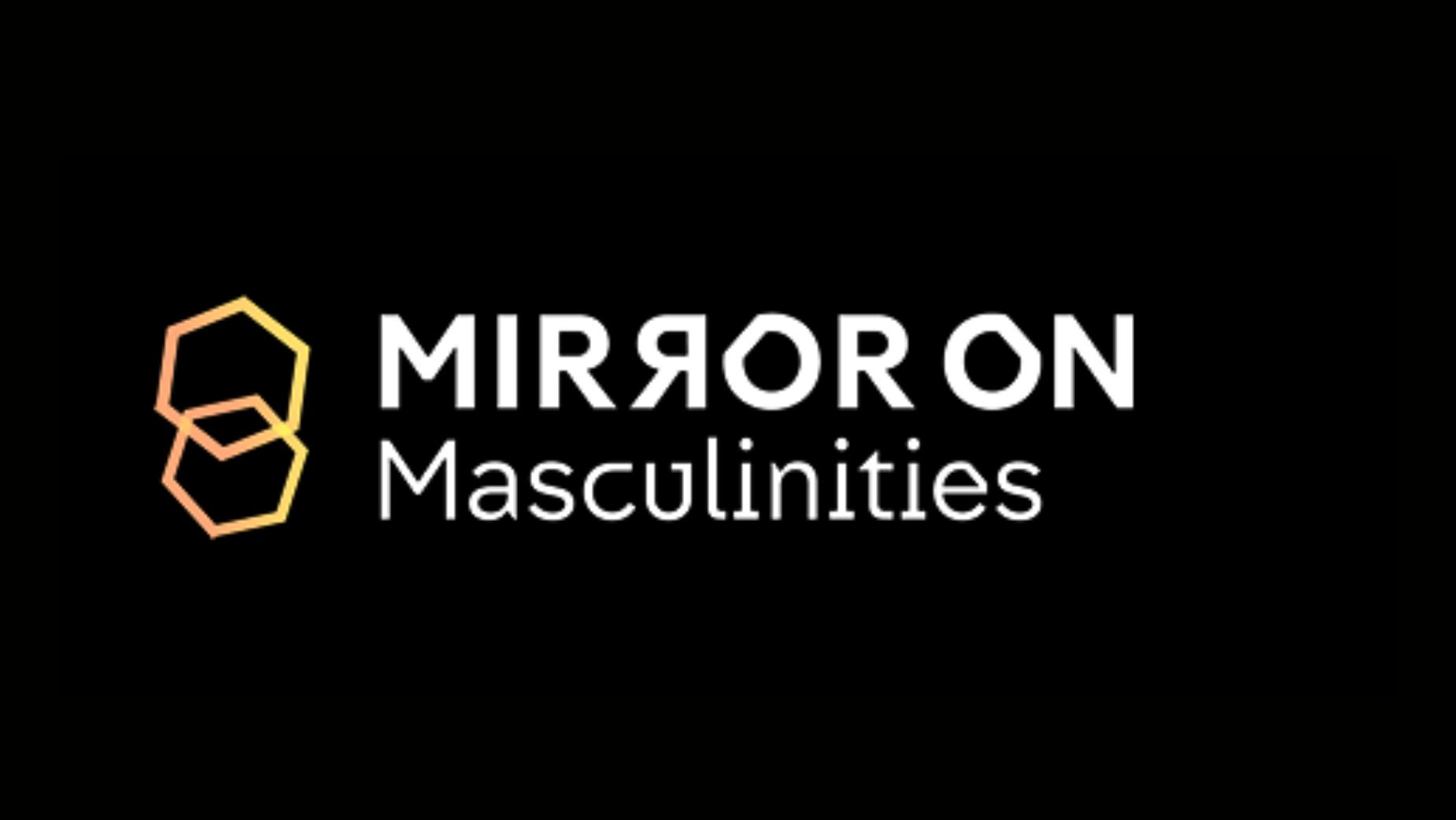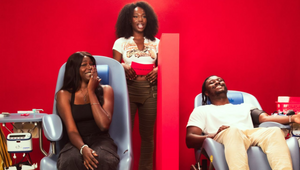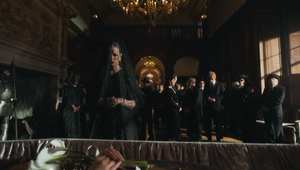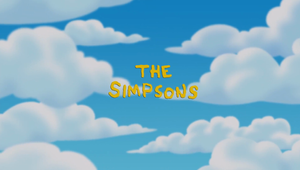
Channel 4’s ‘Mirror on Masculinities’ Study Finds Brands Miss Mark on Modern Men

Advertising is missing the mark on modern masculinity, found Channel 4's latest instalment in ‘Mirror on the Industry’ series, an ongoing body of research, now in its sixth year, that examines representation in advertising. Titled ‘Mirror on Masculinities’, the research found that only one in four men aged between 18 and 34 regularly see portrayals in ads that reflect the kind of man they want to become. Created in partnership with National Research Group (NRG), the new report explores how young men see themselves and how they feel they’re seen by the industry.
The research combined 16 one-hour qualitative interviews from a 1,000-person survey and found out that modern masculinity is far more broad and complex than many give it credit for. The report’s language suggests a conflict between the many ‘masculinities’ denoting the multiplicity of ways that men approach and define their relationship to masculinity today.
Katya Des-Etages, Channel 4’s research manager, noted that while 53% of ads from 2020–2024 featured men, younger men remain underrepresented. And while audiences are increasingly aware of gender portrayal in advertising, a third say they seldom see examples of masculinity that align with who they are or want to be. The report encourages advertisers to recognise that masculinities are plural, personal, and nuanced.
There’s a growing disconnect between how men define masculinity and how it’s portrayed in the media. One in three young men say they rarely or never see ads that reflect the men they aspire to be, and more than one third of men overall – rising to half of those aged 25–34 – believe advertisers must do more to better represent them.
A narrow vision of masculinity
The report found that ads often lean on a “narrow, glossy vision of masculinities,” with the most common depictions being ‘strong’, ‘successful’, ‘intelligent’ or simply ‘overly masculine’. The men surveyed reported that they do want to see aspirational advertising though they’d prefer for it to be grounded in realism. Many say the roles they see in the media don’t reflect the complexity of their lived experience. Characters are often flat and limiting, lacking the emotional and cultural nuance that resonates with today’s audiences.
Importantly, the study also challenges the language often used in cultural discourse. Many men feel the term ‘toxic masculinity’ is non-productive. Advertisers should be aware of this if the aim is to start a conversation around the topic, as using this sort of language is likely to alienate the audience it seeks to target.
The research also challenged another commonly-held assumption: that pressure to appear masculine mostly comes from other men. Over half of young men surveyed believe that pressure comes from women. This reflects what the report describes as a “growing cultural and political divergence between young men and women,” exacerbated by increasingly isolated online and offline spaces.
Holly Hewlett, NRG’s vice president of content development and marketing strategy, highlighted the emerging qualities that young men value in themselves and others: resilience, reliability, and the ability to show control in uncertain situations. She outlined three new pillars of modern masculinity that advertising could embrace: men as builders, working to improve themselves; a celebration of progress over perfection; and the elevation of emotional intelligence and softer skills, pointing to examples like Ted Lasso as touchpoints for positive, modern male role models.
The research also found that while the provider role remains relevant, the way it’s defined is shifting. Six in ten men still identify with the term ‘breadwinner’, but many view being a good father (present, dependable, and emotionally available) as more important. Though the traditional provider ideal feels outdated for many of the men surveyed, it’s often difficult to move past personally, according to the research.
Findings also showed that masculinity is still largely defined in comparison with femininity, and that tension often shows up in media, where non-traditional portrayals of men miss the mark.
Advice to advertisers
Where does this leave advertisers? The findings encourage brands to move beyond outdated tropes in order to resonate and contribute meaningfully to men’s lives. That means modernising the pillars of masculinity, embracing intersectionality, celebrating male friendship, showing emotional strength, and taking cues from men’s real cultural experiences. Above all, advertisers are encouraged to build bridges, not sides while not forgetting the power of fun and humour in fostering connection.
‘Mirror on Masculinities’ makes the following recommendations for brands and marketeers:
- Modernise pillars of manhood: build on what matters to young men, inclusive of emotional depth, vulnerability, and growth.
- Explore intersections: reflect masculinities shaped by race, class, gender identity, sexuality, and disability.
- Culture cues: learn from the appeals of sport and digital creator culture.
- Celebrate friendship: friendship is a vehicle to create space for emotional safety.
- Build bridges: create stories that foster gender empathy and unity.
- Don’t forget the fun: use humour and joy to build connection
Read about Channel 4's research from last year, 'Mirror on Transgender People', here.















